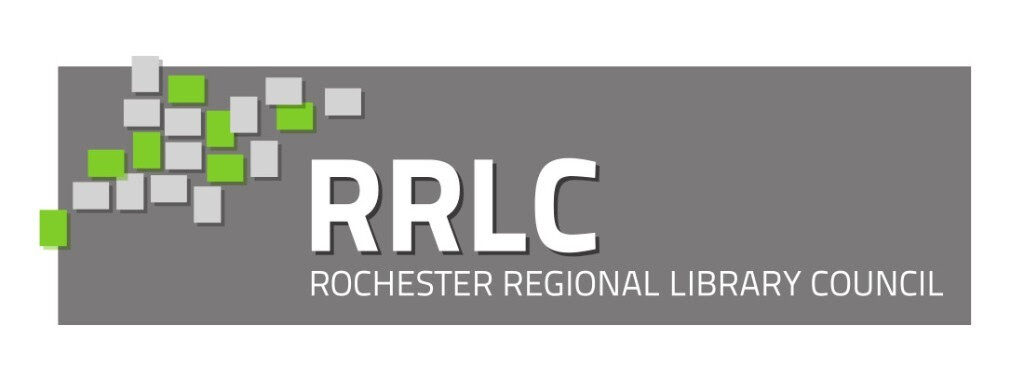Question:
I am taking on a role where I need to manage a multigenerational team, and I don’t know where to start. What should I do?

Answer:
By Chris Harris, Director of the Genesee Valley BOCES School Library System
The question of leading multi-generational workforces is always challenging. As a society, we love bundling folks together into neat little groups that we can then label and treat as a set of similar entities. Naive for sure, but like other oddities, this seems to be deeply rooted in our brain’s attempt to make sense of the world around us. The problem right now is that we have reached a pinch-point where the lived experiences of our expanded workforce are more diverse than ever before. It is entirely possible that your organization’s staff or Board of Trustees includes a mixture of folks from the Silent generation, Boomers, Gen X, Millennials, and Gen Z.
The biggest thing to remember is that these generational labels are constructs that help us discuss groups. They do not define the people contained therein. For example, by birth age I fall at the end of the Gen X group. However, I come from a highly technical family and I did not know a time before computers and online connectivity (we were online via a 1200 baud modem connected to our rotary dial phone). Because of my lived experience, I sometimes identify more with Millennials. In other words, these generational labels aren’t a tidy box situation. Our leadership must be as flexible as generational cut-points and individual identities.
The pace of technological change and the impact it has on our work and lives has become incredibly accelerated. My undergrad research included both card catalog drawers and emerging online catalogs. Now, I speak about generative AI and our coming switch from search engines to answer engines. With the development of social media, the creation of a global information exchange, the shift in cultural norms, and everything else we have seen since we worried about Y2K bugs, is it any wonder that we need to be more aware of the diversity in our workforce?
As with any other discussion of diversity, leading a multi-generational workforce must start with embracing differences. This needs to go beyond acceptance to a more active and intentional integration of differences that enriches the team. We certainly shouldn’t reject older workers and dismiss their accumulated knowledge. Even the fanciest new generative AI, TikTok, virtual reality, wiz-bang technology innovation will need to interface with our MARC-driven catalog systems. At the same time, we need to listen to and learn from our younger team members who can share ideas for connecting with our next generation of library customers, especially around topics like privacy.
When it comes to embracing differences, directors of all ages must lead by example and constantly seek balance. Consider, for example, communication technologies. Younger team members are probably more likely to prefer direct and instant communication like texts as opposed to phone calls or emails. A possible balance is using something like Slack that combines group and individual messaging–introduce it to younger folks or game-enthusiasts as Discord for the business world. Slack is a compromise that can help bridge differences and find a happy balance for all with a mixture of formal and casual channels. Even if this isn’t your preferred style of communicating, leading by example and embracing something like Slack may help create a more cohesive multi-generational team.
Assuming AI doesn’t entirely collapse the workforce in the next ten years, the multi-generational nature of our teams is only going to grow. With the erosion of safety nets and other social programs, folks will likely be working at older ages. We may be welcoming whatever generation comes after Gen Z into a workforce that still include the youngest Boomers. In other words, multigenerational challenges are only going to get more complicated, and right now is our best opportunity to start finding solutions that work.
The key factor is that generational differences are going to exist whether you embrace them or not. For example, younger workers are likely going to be more transitory in their careers. You can complain about a revolving door, or you can embrace the reality of the situation and create a welcoming environment that maximizes the time everyone is with your organization. The secret is to find ways to leverage what may appear to be negatives and instead turn them into opportunities for growth and understanding. This isn’t intended to be some kind of pop-psychology platitude, it is simply how I cope with my innate discomfort with change. My coping strategy is to try and get out in front of change so I can attempt to guide the unstoppable forces that keep coming.

“Assuming AI doesn’t entirely collapse the workforce in the next ten years, the multi-generational nature of our teams is only going to grow.” This is the quote I’ve been dreading! Thanks for a thoughtful answer to this question, as I’m now part of the older generation, which feels weird as a Gen Xer.